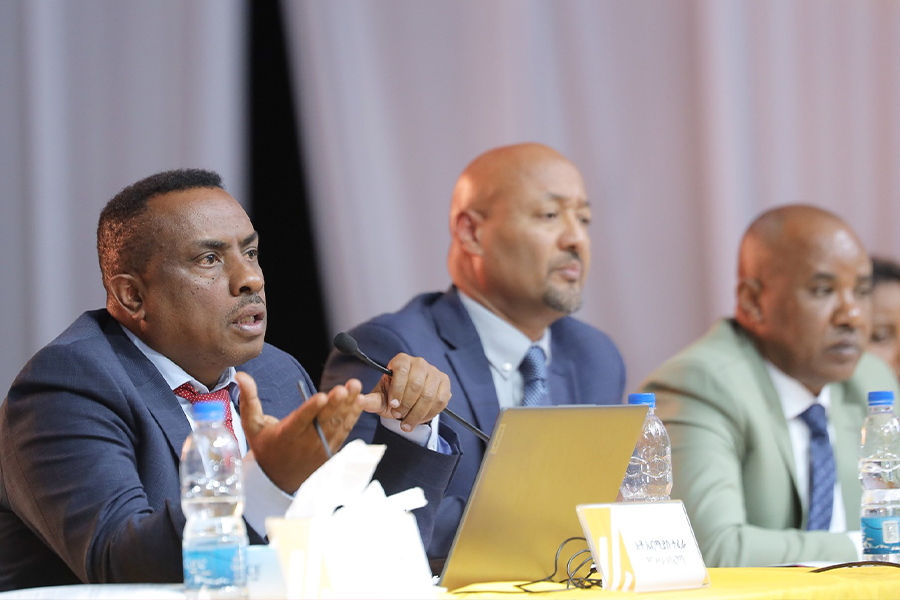
Sidama Bank entered the competitive banking industry in 2022, emerging from microfinance roots with ample capital, limited infrastructure, and ambitious plans to carve a niche among established private banks. Two financial years later, the Bank presents an unusual contrast. It has exhibited rapid asset growth paired with declining profitability, a challenging puzzle facing its President, Tadesse Hatiya, and the board of directors.
The broader banking industry has expanded considerably, keeping pace with the country's growing GDP. Private banks collectively reported total assets of 3.3 trillion Br by June 2024, marking a 28pc increase from the previous year. Deposits grew by 30pc to 2.3 trillion Br, boosted by expanding money supply. While the state-owned Commercial Bank of Ethiopia (CBE) maintains dominance, accounting for over one trillion Birr in assets, it is the numerous private banks that shape the competitive environment.
Sidama Bank is one of the smaller financial institutions, trying to overcome intense competition in a market of 30 commercial banks and approximately 12,000 branches nationwide.
Despite its newcomer status, the Bank has aggressively grown its assets and deposits. Its total assets nearly doubled to 2.62 billion Br in the fiscal year ending June 30, 2024, up from 1.32 billion Br the previous year. Deposits expanded dramatically, from 299 million Br to 1.22 billion Br, signalling growing confidence from customers. Loans surged by 97pc, while cash and cash equivalents climbed 79pc.
Yet, financial analysts see behind these impressive numbers a concerning reality. Increasing operational costs, notably salaries, benefits, and expenses tied to branch expansion, have squeezed profitability.
Tadesse acknowledged these concerns and noted that salary revision was necessary when evolving to a bank.
"We’re focusing on microcredit lending with full force," he told Fortune, confident that the Bank’s determination to diversify income sources.
Interest income, the Bank's primary revenue driver, climbed by 78pc to 270.8 million Br, while other income grew by 21pc to 73.9 million Br. Total revenue reached 348.6 million Br, up 26pc.
However, profitability sharply declined. Net profit fell by nearly half to 27.1 million Br due to surging costs. Wages and benefits alone jumped by 65pc, totalling 155.9 million Br, as the Bank expanded to 39 branches (adding eight) and grew its workforce to 700 employees. Operating expenses climbed to 319.2 million Br, a 50.7pc jump, consuming 91.5pc of the net operating income.
Financial analysts such as Aminu Nuru depicted Sidama Bank’s main challenge tersely: "The Bank faces challenges in profitability, mainly in controlling its costs."
The sharp increase in expenditures drastically affected its key performance metrics. Earnings per share (EPS) dropped enormously, from 15.6 Br to 3.3 Br, largely due to diluted share values following the new shares issued. Return on Equity (RoE) plummeted to 2.49pc, exhibiting a nearly four percentage point drop, and Return on Assets (RoA) dropped from 4.05pc to 1.04pc, numbers industry observers say should alarm shareholders.
Tadesse attributed rising costs to necessary regulatory compliance and aggressive growth strategies. According to him, Sidama Bank has been actively working to improve efficiencies, manage costs, and adjust interest rates.
"We’re working on guarantees, collaterals, and cost minimisation," he told Fortune.
However, the Bank's liquidity situation has improved substantially. The loan-to-deposit ratio, once alarmingly high at 246pc, moderated to 90.8pc, although still high compared to the industry average of below 70pc, indicating better balance sheet management. However, liabilities ballooned by 209pc to 1.53 billion Br due to increasing deposits and borrowings. Demand deposits alone surged dramatically, unveiling greater public trust but also adding pressure through higher interest costs.
Currently, 65pc of Sidama Bank’s loans focus on housing, viewed generally as low-risk. Aminu, a financial analyst based in Doha, Qatar, cautioned that this strategy might expose the Bank to sector-specific risks and urged greater diversification.
The President concurred. Tadesse noted the Bank’s prudent credit management, maintaining non-performing loans (NPLs) at 2.96pc, well below the industry’s 5.6pc average. Expansion into export sectors, especially coffee, aligns with the Bank’s strategic direction.
"We plan to expand into the export sector," Tadesse explained. "We’re just getting started."
A graduate of Addis Abeba and Greenwich universities, Tadesse previously held roles at the CBE, the Development Bank of Ethiopia (DBE), and Berhan Bank. For him, meeting the minimum capital requirement is also a personal goal.
"It’s what I would like to accomplish during my tenure, more than anything else," he said.
Sidama Bank began operations with an initial paid-up capital of 574 million Br raised from 1,998 shareholders. By 2024, its capital has doubled, contributed by 2,400 shareholders. The Bank targets a capital base of five billion Birr before 2030 to comply with central bank regulations. Its Board Chairman, Abraham Mareshalo, urged shareholders to invest further, stating that insufficient capital limited partnerships with international remittance institutions.
Sidama Bank’s transition from microfinance to a commercial bank mirrors industry-wide shifts seen in Siinqiee, Tsedey, Omo, Somali and Addis microfinance institutions. Initially founded in 1994 as Sidama Rural Women’s Credit & Saving Scheme, serving women entrepreneurs in Bensa Wereda, funded by Irish Aid, it evolved through major structural and capital growth. Four years later, it evolved into a microfinance with a registered capital of 200,000 Br.
Its equity in 2023/24 already constitutes 42pc of its total assets, a substantial buffer, yet it still needs to quadruple its capital base. The Sidama Regional State, owning 70pc of the shares, pledged further investment, along with coffee cooperatives and exporters, demonstrating strong regional support.
Shareholder Zerihun Kamiso, of Paradise Hotel in Hawassa, expressed confidence, praising the Bank’s efficient loan approval processes and robust market strategies.
"They're off to a good start," he said.
Nonetheless, fourth-generation banks like Sidama have faced regulatory headwinds, notably credit growth caps. Despite these limitations, Sidama Bank's net loans grew by 90pc to 1.17 billion Br. However, increased expenses from expanding branches, recruiting aggressively, and adopting a new core banking platform strained profitability. The Bank's cost-to-income ratio soared to 103pc, considerably above the industry average of around 55pc and far higher than top performers like Awash Bank.
While Sidama Bank maintained an asset-to-equity ratio of 2.4, half the industry's conservative standard, it consequently suffered lower returns. Its cautious financial leverage meant that even an 11.8pc asset productivity, nearly matching peer competitors like Amhara Bank, translated to a low RoE. Competitors such as Hijra Bank, which began operations around the same time, achieved much higher returns.
Sidama Bank’s deposit mobilisation remains robust, with an average of 31 million Br per branch, although it is much lower than established banks like Dashen. Its deposit composition favours low-cost savings and demand accounts, helping reduce interest expenses but increasing the risk of deposit runoff during instability.
For Aneley Bogale, who joined Sidama Bank after moving from Global (Ethiopia) Bank, the strategic approach to customer outreach and operations is key. She manages the Menehariya Branch in Hawassa City, where she leads a team of 21 and is responsible for cultivating a banking culture, coaching staff, and managing daily operations.
"We had a focused and targeted strategy," she told Fortune, noting that convincing new customers of the Bank’s business focus, rather than its regional affiliation, was a challenge. Nevertheless, the branch successfully increased lending to SMEs and community institutions such as "Edir" and "Equb."
“We had to find opportunities and work around that,” she said.
To manage liquidity risks, Sidama Bank maintained substantial cash reserves and Treasury bills (T-bills). Analysts attribute high inflation, negative real interest rates, and ongoing currency depreciation to be critical for careful asset-liability management.
Sidama Bank has embarked on a 10-year strategic plan prioritising digital adoption, operational efficiency, partnerships, and diversification of income streams. Initiatives include expanding mobile banking and trade finance services targeted at southern Ethiopia’s vital coffee and horticulture sectors. Beyond USSD and ATM services, Tadesse disclosed, Sidama Bank is preparing to launch an omni-channel platform with digital lending capabilities. It has also partnered with EthSwitch and Telebirr to broaden its outreach.
According to Aminu, success will depend on effective execution and cost control. However, Sidama Bank's equity structure supports potential consolidation moves. It can pursue rapid scale through potential mergers or carve out a focused niche in regional agribusiness finance, leveraging local market insights.
PUBLISHED ON
Apr 27,2025 [ VOL
26 , NO
1304]

Exclusive Interviews | Apr 19,2025

My Opinion | Sep 11,2020

Radar | Jun 30,2024

Radar | Oct 27,2024
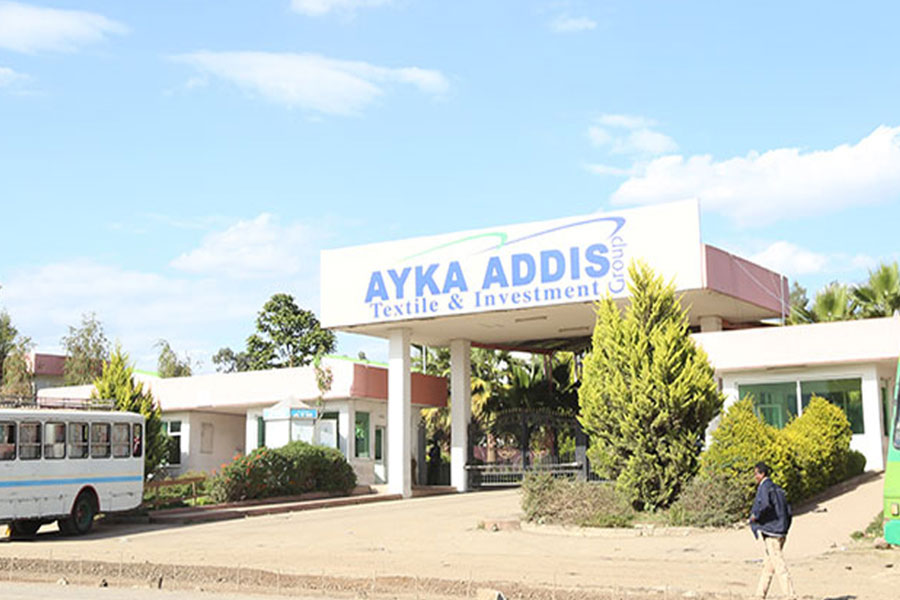
Fortune News | Sep 18,2021

Fortune News | Feb 18,2023
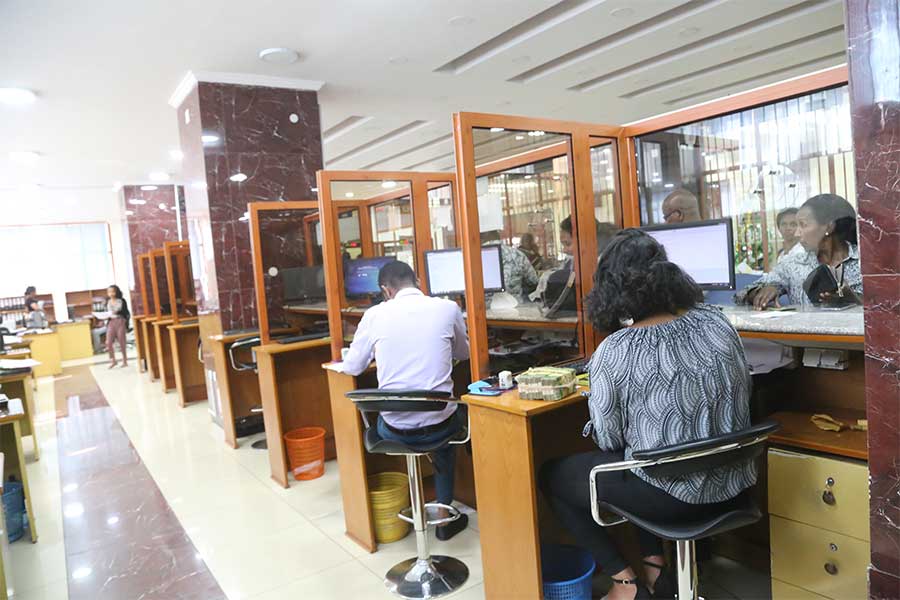
Agenda | Jan 25,2020

In-Picture | Mar 23,2024

Commentaries | Nov 27,2018

Radar | Feb 09,2019

Dec 22 , 2024 . By TIZITA SHEWAFERAW
Charged with transforming colossal state-owned enterprises into modern and competitiv...

Aug 18 , 2024 . By AKSAH ITALO
Although predictable Yonas Zerihun's job in the ride-hailing service is not immune to...

Jul 28 , 2024 . By TIZITA SHEWAFERAW
Unhabitual, perhaps too many, Samuel Gebreyohannes, 38, used to occasionally enjoy a couple of beers at breakfast. However, he recently swit...

Jul 13 , 2024 . By AKSAH ITALO
Investors who rely on tractors, trucks, and field vehicles for commuting, transporting commodities, and f...
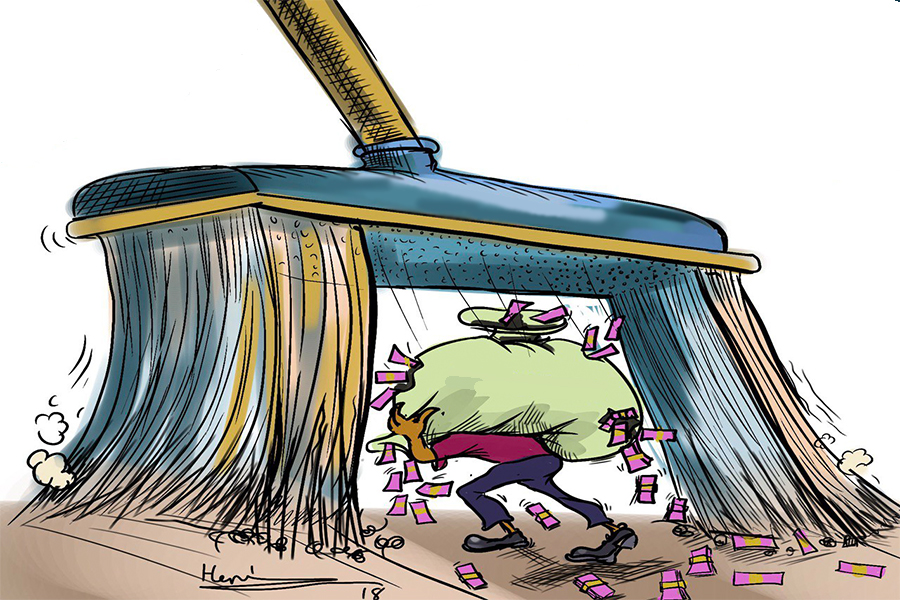
Oct 25 , 2025
The regulatory machinery is on overdrive. In only two years, no fewer than 35 new pro...
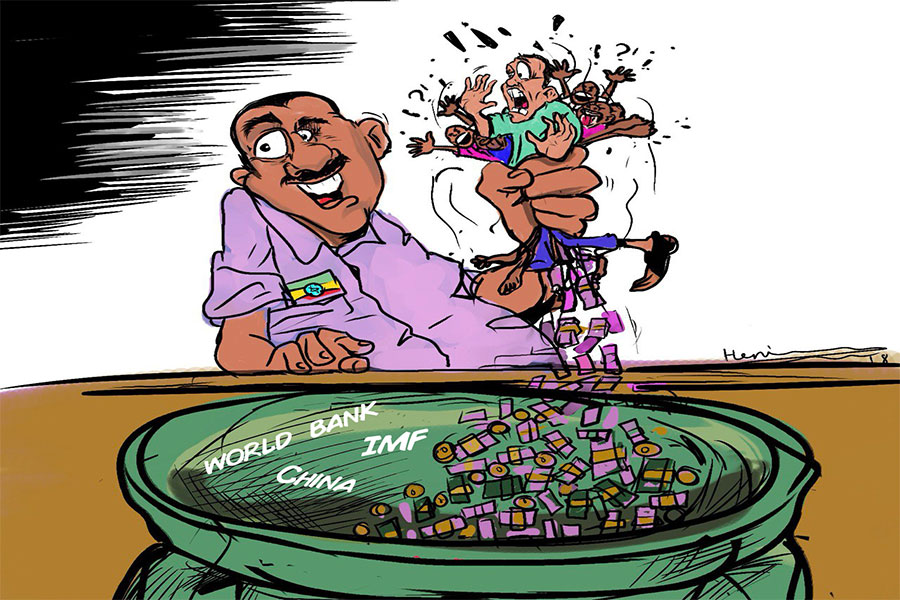
Oct 18 , 2025
The political establishment, notably the ruling party and its top brass, has become p...
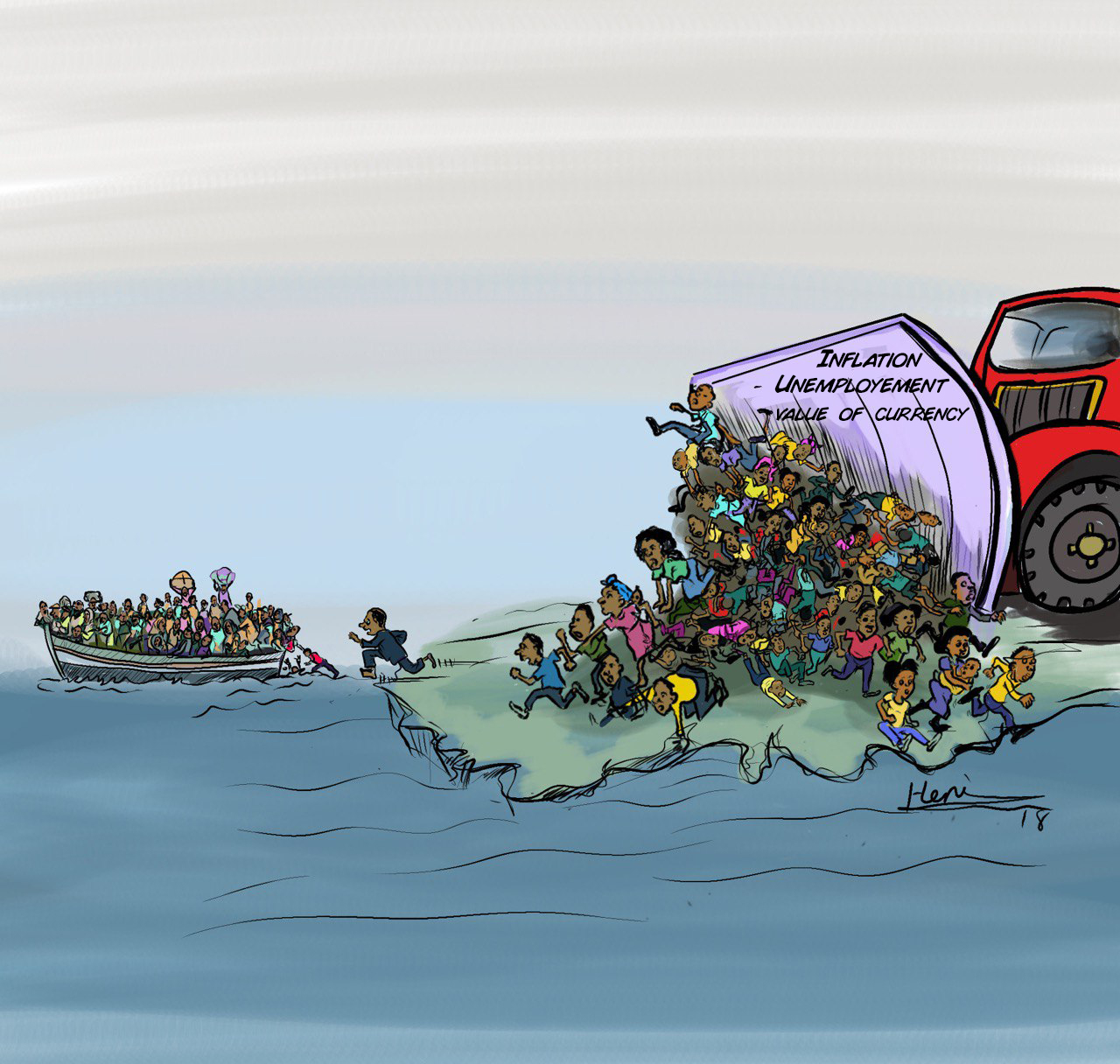
Oct 11 , 2025
Ladislas Farago, a roving Associated Press (AP) correspondent, arrived in Ethiopia in...
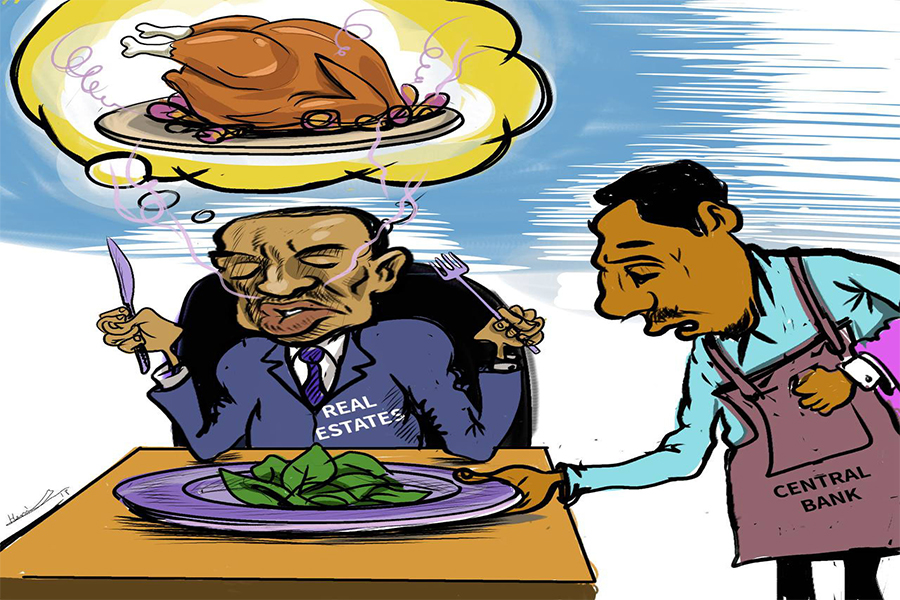
Oct 4 , 2025
Eyob Tekalegn (PhD) had been in the Governor's chair for only weeks when, on Septembe...